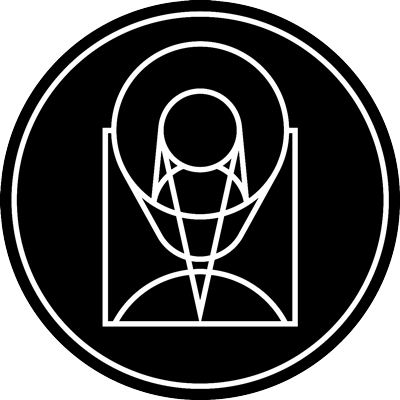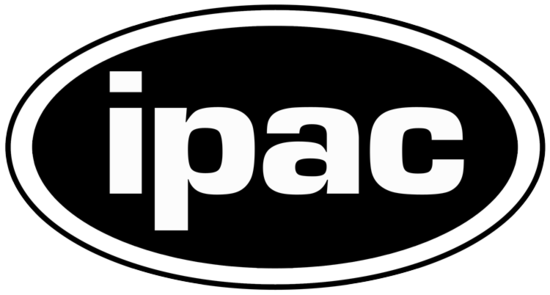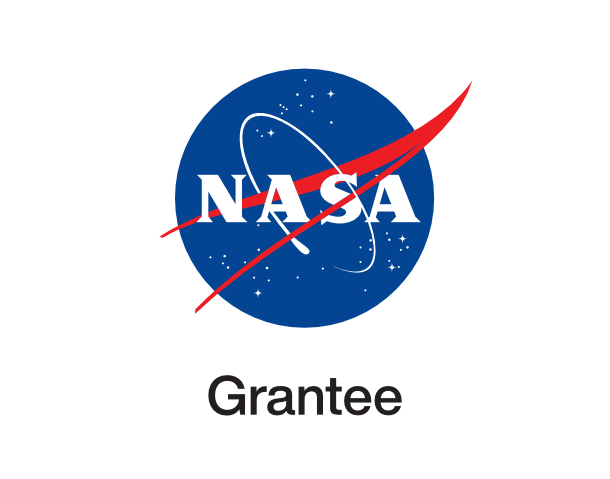Abell 2218

stsci_2000-07b January 24th, 2000
Credit: NASA, ESA, Andrew Fruchter (STScI), and the ERO team (STScI + ST-ECF)
Scanning the heavens for the first time since the successful December 1999 servicing mission, NASA's Hubble Space Telescope has imaged a giant, cosmic magnifying glass, a massive cluster of galaxies called Abell 2218. This "hefty" cluster resides in the constellation Draco, some 2 billion light-years from Earth. The cluster is so massive that its enormous gravitational field deflects light rays passing through it, much as an optical lens bends light to form an image. This phenomenon, called gravitational lensing, magnifies, brightens, and distorts images from faraway objects. The cluster's magnifying powers provides a powerful "zoom lens" for viewing distant galaxies that could not normally be observed with the largest telescopes. This useful phenomenon has produced the arc-shaped patterns found throughout the Hubble picture. These "arcs" are the distorted images of very distant galaxies, which lie 5 to 10 times farther than the lensing cluster. This distant population existed when the universe was just a quarter of its present age. Through gravitational lensing these remote objects are magnified, enabling scientists to study them in more detail. This analysis provides a direct glimpse of how star-forming regions are distributed in remote galaxies and yields other clues to the early evolution of galaxies. The picture is dominated by spiral and elliptical galaxies. Resembling a string of tree lights, the biggest and brightest galaxies are members of the foreground cluster. Researchers are intrigued by a tiny red dot just left of top center. This dot may be an extremely remote object made visible by the cluster's magnifying powers. Further investigation is needed to confirm the object's identity. The Hubble telescope first viewed this cluster in 1994, producing one of the most spectacular demonstrations of gravitational lensing up to that time. Scientists who analyzed that black-and-white picture discovered more than 50 remote, young galaxies. Hubble's latest mult
Provider: Space Telescope Science Institute
Image Source: https://hubblesite.org/contents/news-releases/2000/news-2000-07
Curator: STScI, Baltimore, MD, USA
Image Use Policy: http://hubblesite.org/copyright/

- ID
- 2000-07b
- Subject Category
- C.6.2.1 C.5.5.3
- Subject Name
- Abell 2218
- Credits
- NASA, ESA, Andrew Fruchter (STScI), and the ERO team (STScI + ST-ECF)
- Release Date
- 2000-01-24T00:00:00
- Lightyears
- 2,000,000,000
- Redshift
- 2,000,000,000
- Reference Url
- https://hubblesite.org/contents/news-releases/2000/news-2000-07
- Type
- Observation
- Image Quality
- Good
- Distance Notes
- Distance in Lightyears
- Facility
- Hubble, Hubble, Hubble
- Instrument
- WFPC2, WFPC2, WFPC2
- Color Assignment
- Blue, Green, Red
- Band
- Optical, Optical, Optical
- Bandpass
- B, V, I
- Central Wavelength
- 450, 606, 814
- Start Time
- Integration Time
- Dataset ID
- Notes
- Coordinate Frame
- ICRS
- Equinox
- 2000.0
- Reference Value
- 248.98125750472, 66.21375023667
- Reference Dimension
- 3109.00, 1587.00
- Reference Pixel
- 1641.52611530535, 289.41459125315
- Scale
- -0.00001409175, 0.00001409175
- Rotation
- 160.92220785147
- Coordinate System Projection:
- TAN
- Quality
- Full
- FITS Header
- Notes
- World Coordinate System resolved using PinpointWCS 0.9.2 revision 218+ by the Chandra X-ray Center FITS X FITS Y EPO X EPO Y 1406.37 1201.71 1036.20 711.37 1440.48 1036.41 855.74 1003.12 1513.94 868.48 663.75 1211.76 1054.77 1251.56 1736.03 863.98 962.94 1251.56 1905.05 922.42 970.81 976.06 1703.98 1435.89 1217.45 852.74 1153.32 1499.98 547.65 1195.10 2653.42 1306.56 Center Pixel Coordinates: 1554.50 248.97265563638 793.50 66.20745590829
- Creator (Curator)
- STScI
- URL
- http://hubblesite.org
- Name
- Space Telescope Science Institute Office of Public Outreach
- outreach@stsci.edu
- Telephone
- 410-338-4444
- Address
- 3700 San Martin Drive
- City
- Baltimore
- State/Province
- MD
- Postal Code
- 21218
- Country
- USA
- Rights
- http://hubblesite.org/copyright/
- Publisher
- STScI
- Publisher ID
- stsci
- Resource ID
- STSCI-H-p0007b-f-3109x1587.tif
- Resource URL
- https://mast.stsci.edu/api/latest/Download/file?uri=mast:OPO/product/STSCI-H-p0007b-f-3109x1587.tif
- Related Resources
- http://hubblesite.org/newscenter/archive/releases/2000/07
- Metadata Date
- 2022-07-06T00:00:00
- Metadata Version
- 1.2
Detailed color mapping information coming soon...















